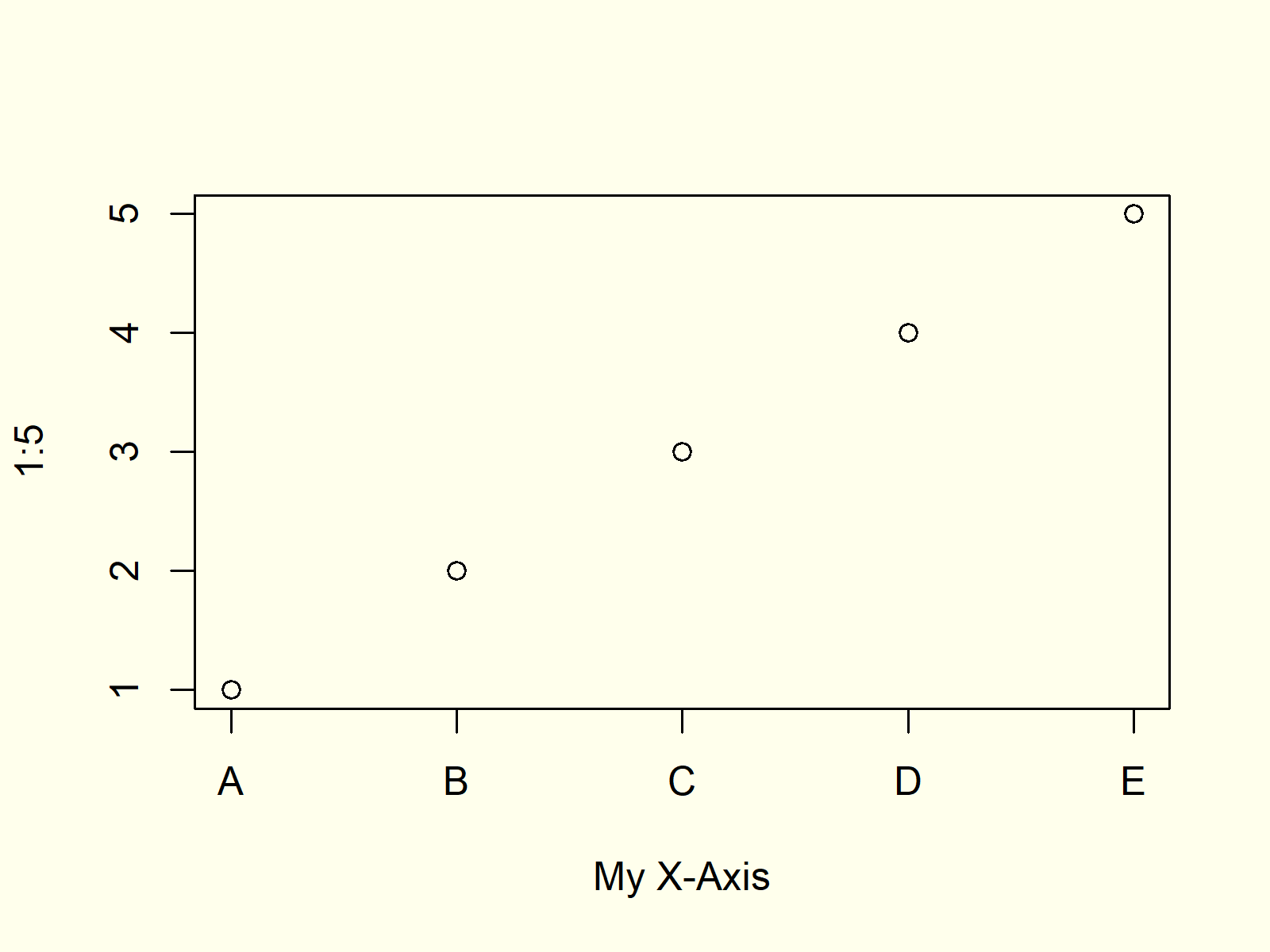
boxplot(tot_sp ~ hab, data = mydata, axis(1, at=seq(1, 2), labels = labels. Some other scripts I have tried, none have worked. Script boxplot(tot_sp ~ hab, data = mydata, xlab= "Habitat Type", ylab = "Total # Species")
#R ggplot plot rename x values code
This is the data and the code without trying to override the labels I have a number of other boxplots to do as well, some will have more than 2 values on the x axis. Basically I just want 'Riparian' to come first, then 'Floodplain'. I would like to be able to override the x labels from the data frame with my own labels OR decide the order of the values along the x axis. This puts them in the order I want but then the label isn't neat. In the next example, we pass parameter values to the title and the axis labels and create the labels using the paste() command. In my data frame I changed the names to have an 'a' or 'b' at the beginning. You can format it as factor in order to get the desired plot. I notice it automatically arranges the x groups in alphabetical order, which doesn't suit my needs. I am creating boxplots for some survey data in R using boxplot(). You first pass the dataset mtcars to ggplot. O’Reilly Media.Sorry if this is very basic, but I am quite new to this. library (ggplot2) ggplot (mtcars, aes (x drat, y mpg)) + geompoint () Code Explanation. Help on all the ggplot functions can be found at the The master ggplot help site.Ī useful cheat sheet on commonly used functions can be downloaded here.Ĭhang, W (2012) R Graphics cookbook. To further customise the aesthetics of the graph, including colour and formatting, see our other ggplot help pages: Note: You can also use +labs(title 'Title') which is equivalent to ggtitle. Print(IrisPlot + myblanktheme + labs(title = "Petal and sepal \nlength of iris", y = "Petal length (cm)", x = "Sepal length (cm)")) To alter the labels on the axis, add the code +labs(y 'y axis name', x 'x axis name') to your line of basic ggplot code. Legend.text = element_text(face = "italic", colour = "steelblue4", family = "Helvetica"),Īxis.title = element_text(family = "Helvetica", size = (10), colour = "steelblue4"), Plot.title = element_text(family = "Helvetica", face = "bold", size = (15)), The following code would remove the legend title and axis text. library(ggplot2) Very basic chart basic <- ggplot( mtcars, aes(xmpg.
#R ggplot plot rename x values how to
To do this you use the code = element_blank(), remembering those open and closed brackets. It shows how to control the axis itself, its label, title, position and more.

Using cowplot to create multiple plots in one figure. for labelling plots is geomtext(), which adds label text at the specified x. I am trying to make a boxplot using ggplot, where x is the non-ID column names, y is the measurements in the table, and the fill is the ID. There are still other things you can do with facets, such as using space 'free'.The Cookbook for R facet examples have even more to explore. Because of this, the annotation tools in ggplot2 reuse the same geoms that. For example, size = (3).Īnother option is to remove the text from the plot entirely. ggplot2 with facet labels as the y axis labels. The expression variable is evaluated within the layer data, so there is no need to refer to the original dataset (i.e., use ggplot (df, aes (variable)) instead of ggplot (df. Remember to include “” before and after the colour name. List of name-value pairs in the form aesthetic variable describing which variables in the layer data should be mapped to which aesthetics used by the paired geom/stat. the colour can be changed to any of the colours listed here.

the type of emphasis, with options including bold, italic and “alic”. Examples of fonts include: “Palatino”, “Helvetica”, “Courier”, “Times”.

The font, colour, size and emphasis of any of these labels can be altered by arguments within element_text(your format). legend categories - legend.text = element_text().Where “title type” specifies which particular text you want to edit. The basic format is: mytheme <- theme(title type = element_text(your formats)) Create the base plot hwplot <- ggplot(heightweight, aes(x ageYear, y heightIn, shape sex.

To do this, use the code theme() and customise with element_text() to alter these properties. Note that the labels on the x-axis did not change. The font, colour, size and emphasis of your labels and text can all be altered. One Continuous and One Categorical VariableĪltering the text style of your legend, axis or title


 0 kommentar(er)
0 kommentar(er)
